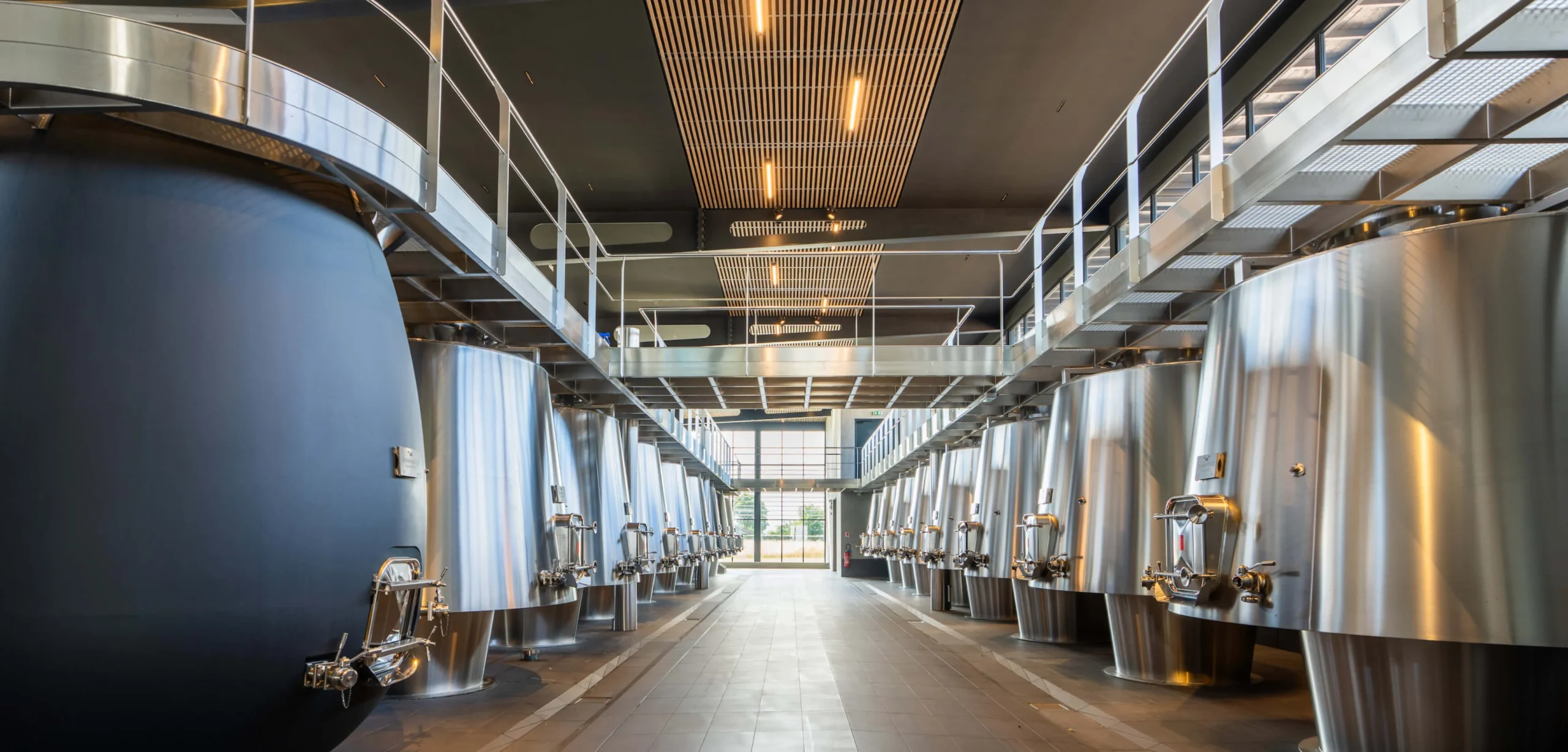Dassault Wine Estates
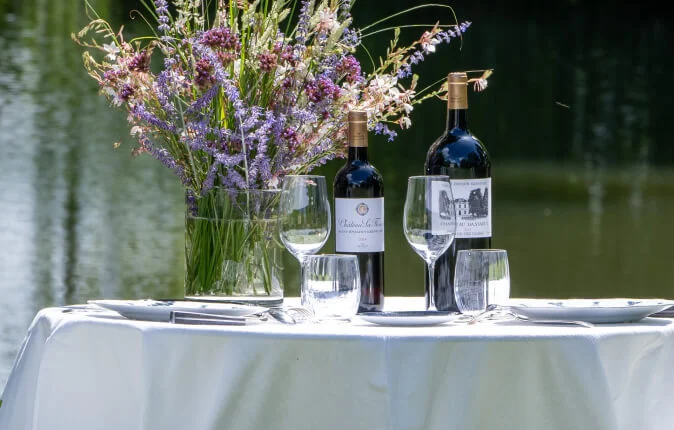
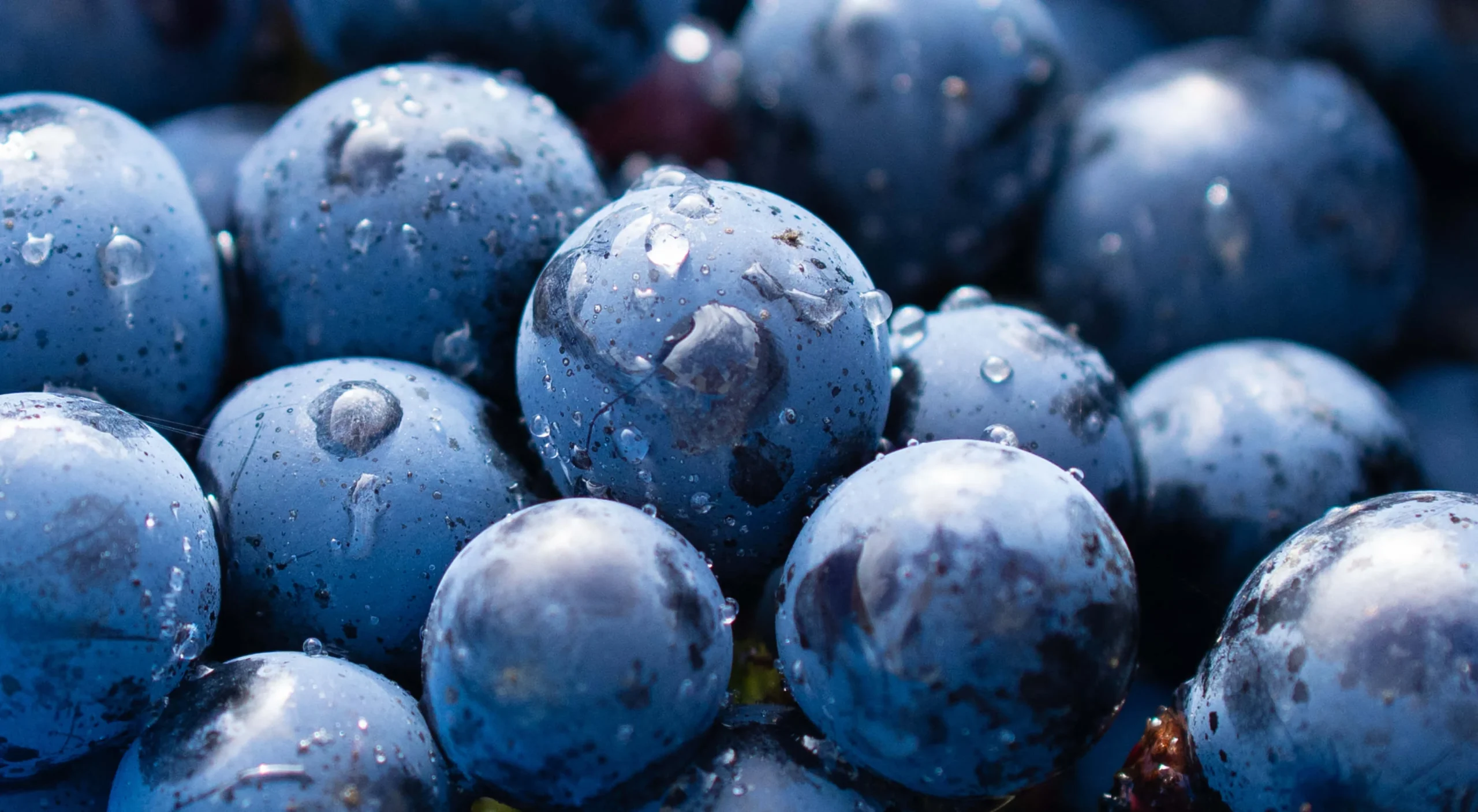
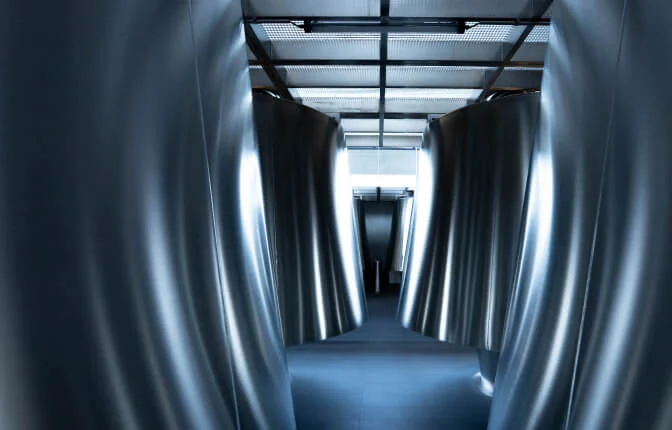
History
FROM ITS ORIGINS
TO THE PRESENT-DAY
It was a decision that came from the heart, rather than the head, when in 1955 Marcel Dassault bought Château Couperie. What immediately attracted him was the irresistible charm of the estate with its Second Empire mansion and wooded grounds. A visionary, Marcel Dassault was one of the first great industrialists to invest in vineyards. He cultivated his taste of excellence, gave his name to the estate, replanted the vineyard and modernised the winemaking facilities… And in 1969, Château Dassault was promoted to the rank of Saint-Émilion Grand Cru Classé.
With the advent of the new millennium, a new era emerged providing the opportunity for Dassault Wine Estates to grow and develop. pour Dassault Wine Estates. The vineyard was extended through the acquisition of Château La Fleur in 2002 and subsequently of Château Faurie de Souchard in 2013. Several hectares of a Grand Cru vineyard situated close to Château La Fleur were then added to increase the overall surface area of the group’s holding. Beyond the company’s passion for wine-growing excellence, the guiding principle that underpinned these acquisitions was the coherence of the terroirs, which today make up a single block of vines covering around 60 hectares (148 acres).
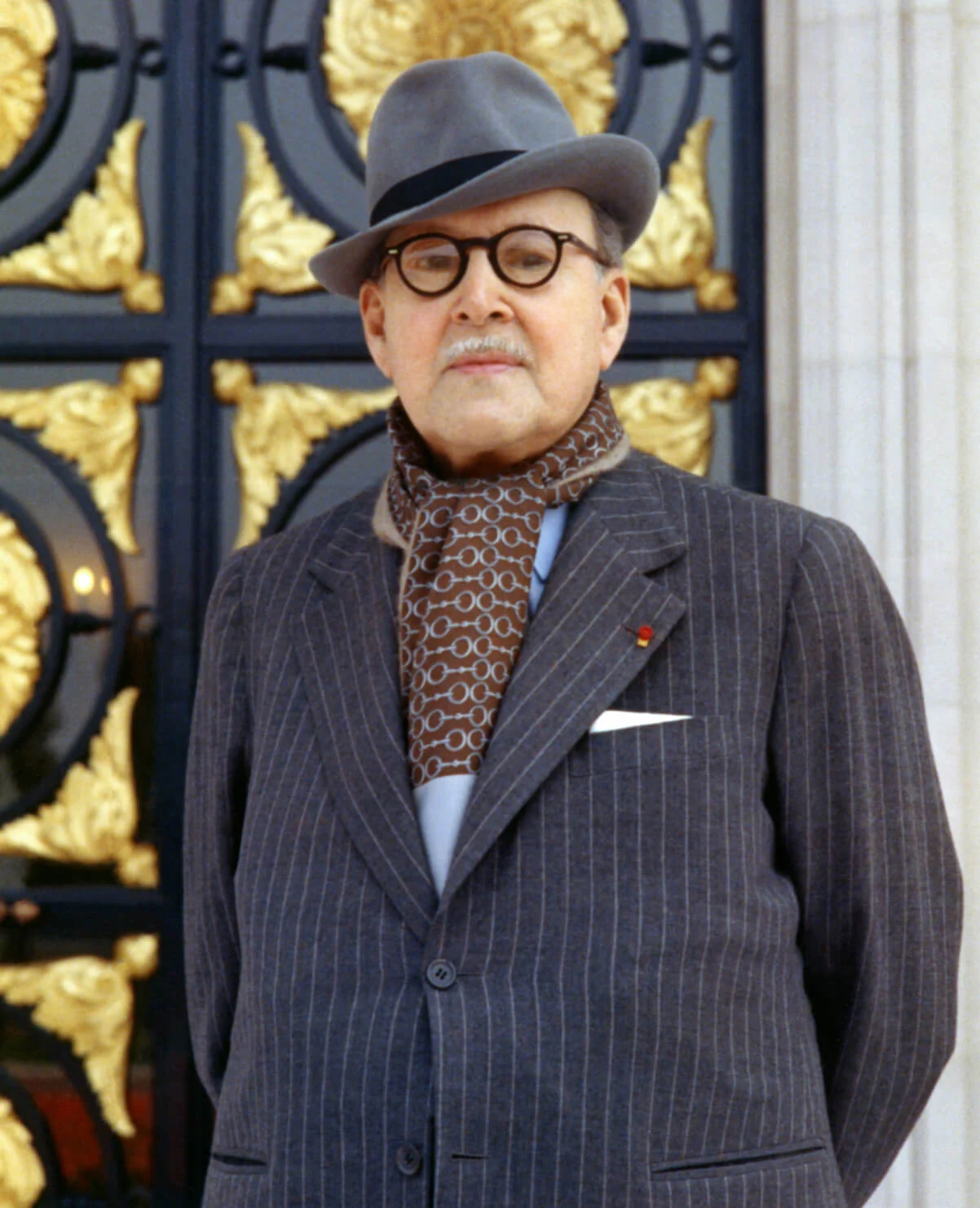
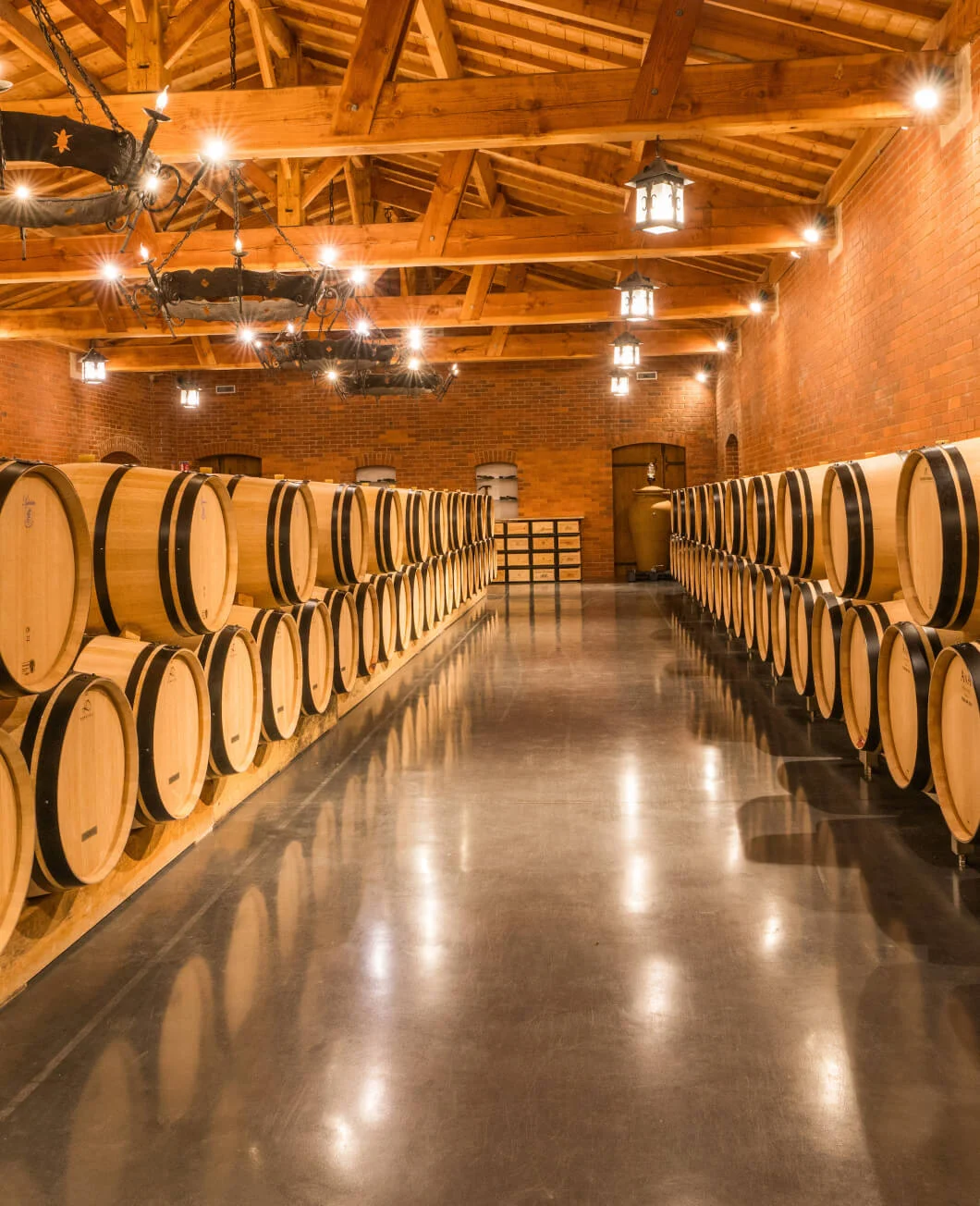
The wines produced by Dassault Wine Estates carry within them the quintessential character of Saint-Émilion.
Renowned throughout the world, the Saint-Émilion appellation features 3 soil-types: clay, limestone and ancient sands. Its north-facing slope allows the vines to benefit from cooler temperatures that bring welcome relief in today’s changing climatic conditions. These specific features bring all the character to the group’s wines, which are made through a range of winemaking approaches and expressed in different aromatic profiles.
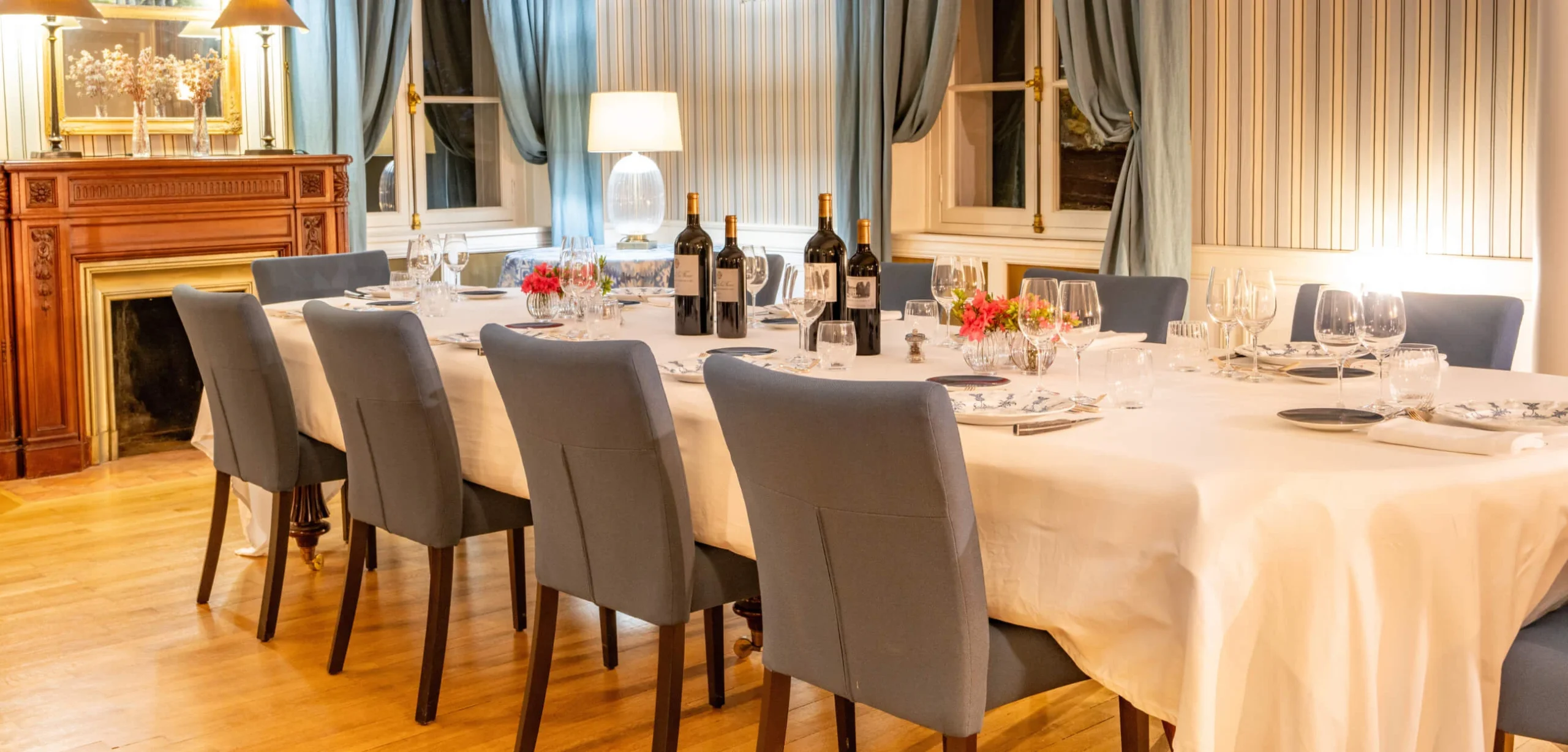
Heritage
A living, cultural heritage
Marcel Dassault’s impulse purchase of the estate paved the way for the Dassault family to establish a heritage that is wholly unique. The lovely 19th century mansion offers an exclusive, elegant, convivial setting surrounded by spacious grounds where nature is lovingly protected.
These 5-hectare grounds, located in the heart of the Dassault vineyard, contain around two hundred trees, some of them over 100 years old, and feature a lake that attracts a wide variety of birds, insects and amphibians. This superb haven of biodiversity is a historic and rare feature that the family and the Dassault teams take special care in protecting.
Just as lovely as this natural living heritage are the adjacent cellars built in red brick, a distinctive element in the contemporary architecture of the estate’s different buildings. Little used in the Bordeaux region, this material today forms an integral part of the Dassault Wine Estates heritage. And it traces a direct line back to the very first factories set up by this captain of industry in the Île de France region, particularly in Saint-Cloud, where the head office of Dassault Aviation is located today.
Combining architectural design with cultural aspects, the new cellars were built in 2022 to merge subtly with the estate and its setting. Equipped with innovative technical facilities, it was designed by Bordeaux architects A3A who, using untreated materials, ensured a sobriety of line and colour that set off the beauty of the surrounding landscape. As an extra aesthetic touch, the project was completed with a sculpture made in Corten steel, which offers a majestic perspective over the cellars. The work’s creator, Bernar Venet, is an internationally renowned conceptual artist and sculptor.
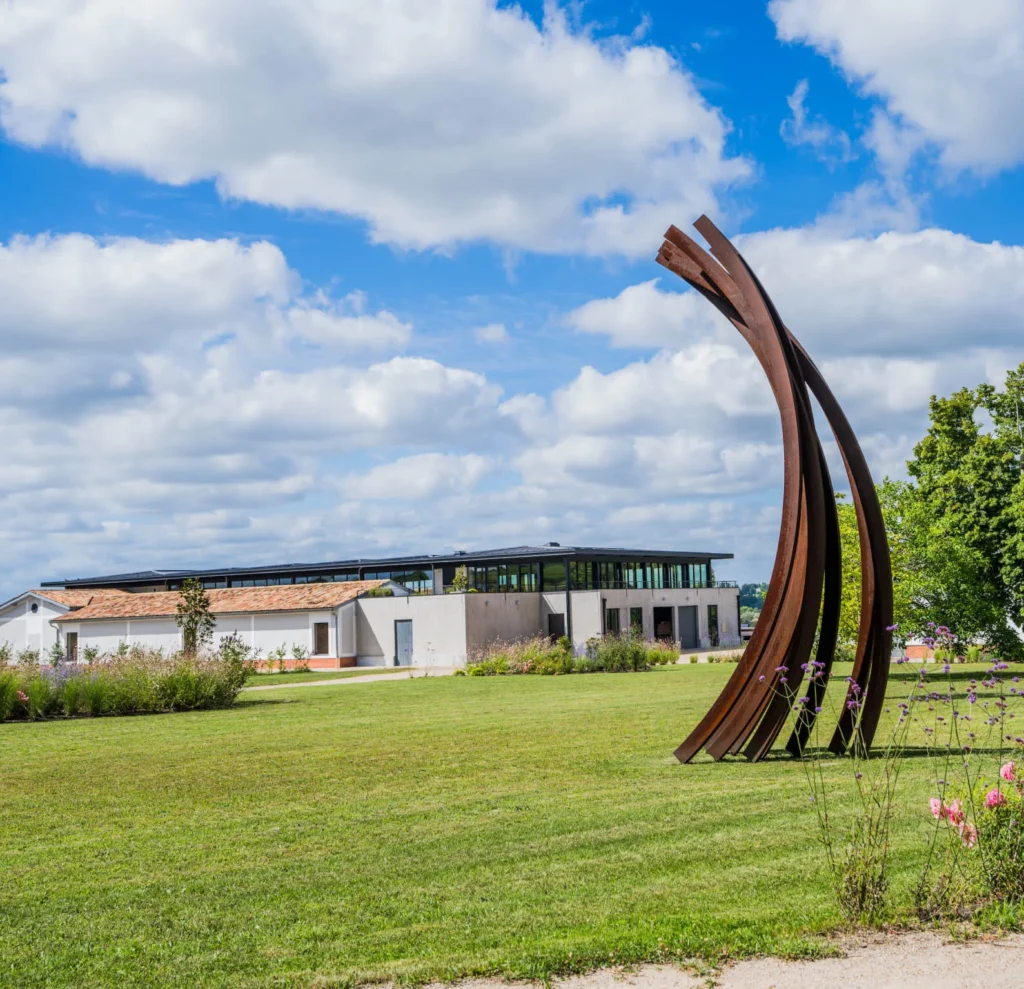
innovation
Adapting in order to shape the future
In keeping with the spirit of the early days, Dassault Wine Estates combines innovation with performance.
Substantial investment has enabled the terroir to be further enhanced while vine-growing practices have been adapted according to climatic developments. Having signed up to the Corporate Social Responsibility (CSR) initiative and acquired High Environmental Value (HVE) as well as Bee-friendly certifications, the Dassault Wine Estates’ properties endeavour on a daily basis to preserve the environment. PhD researchers are welcomed at the estate to analyse the biodiversity, the genetics of the vine and the microbiology of the soils.
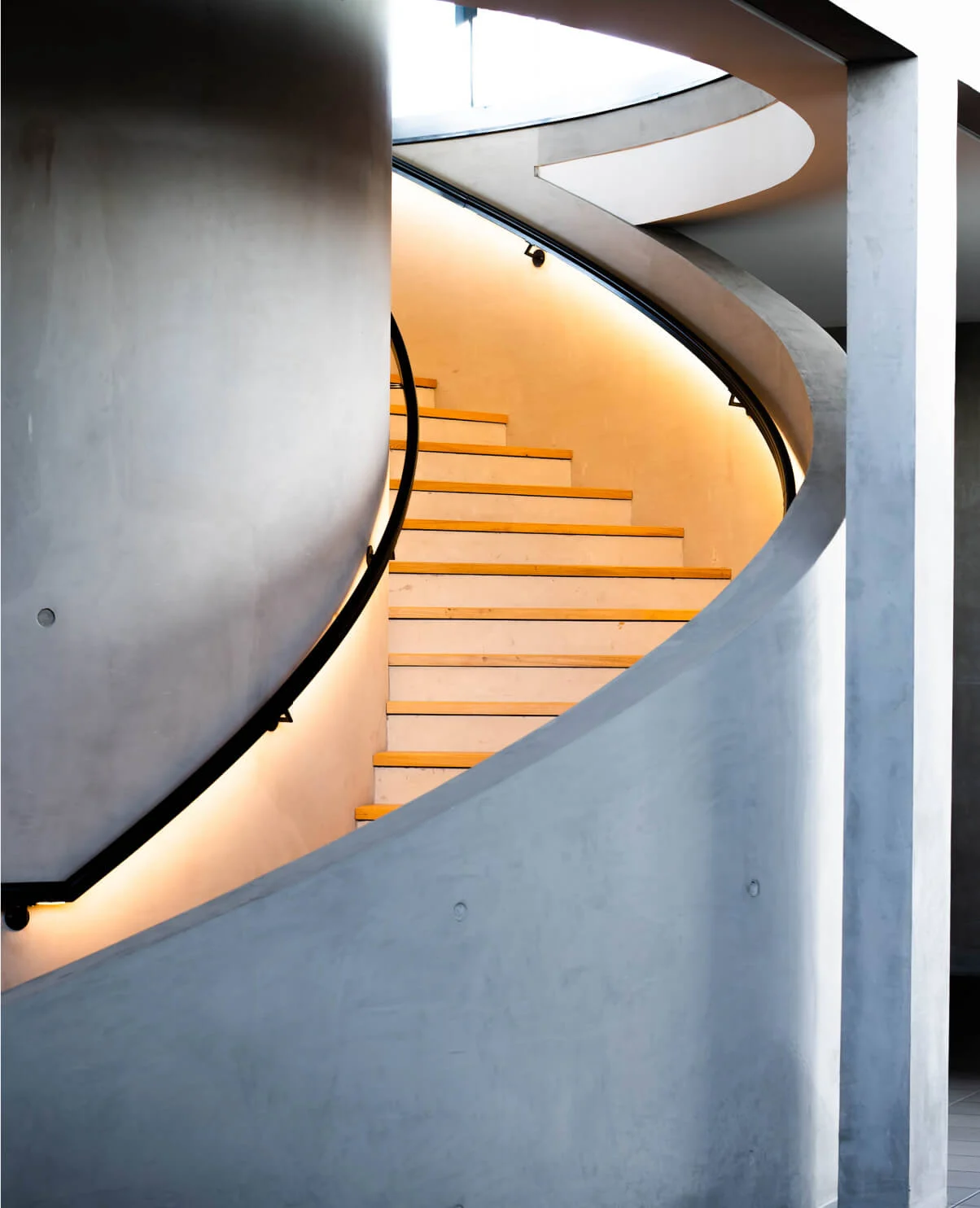
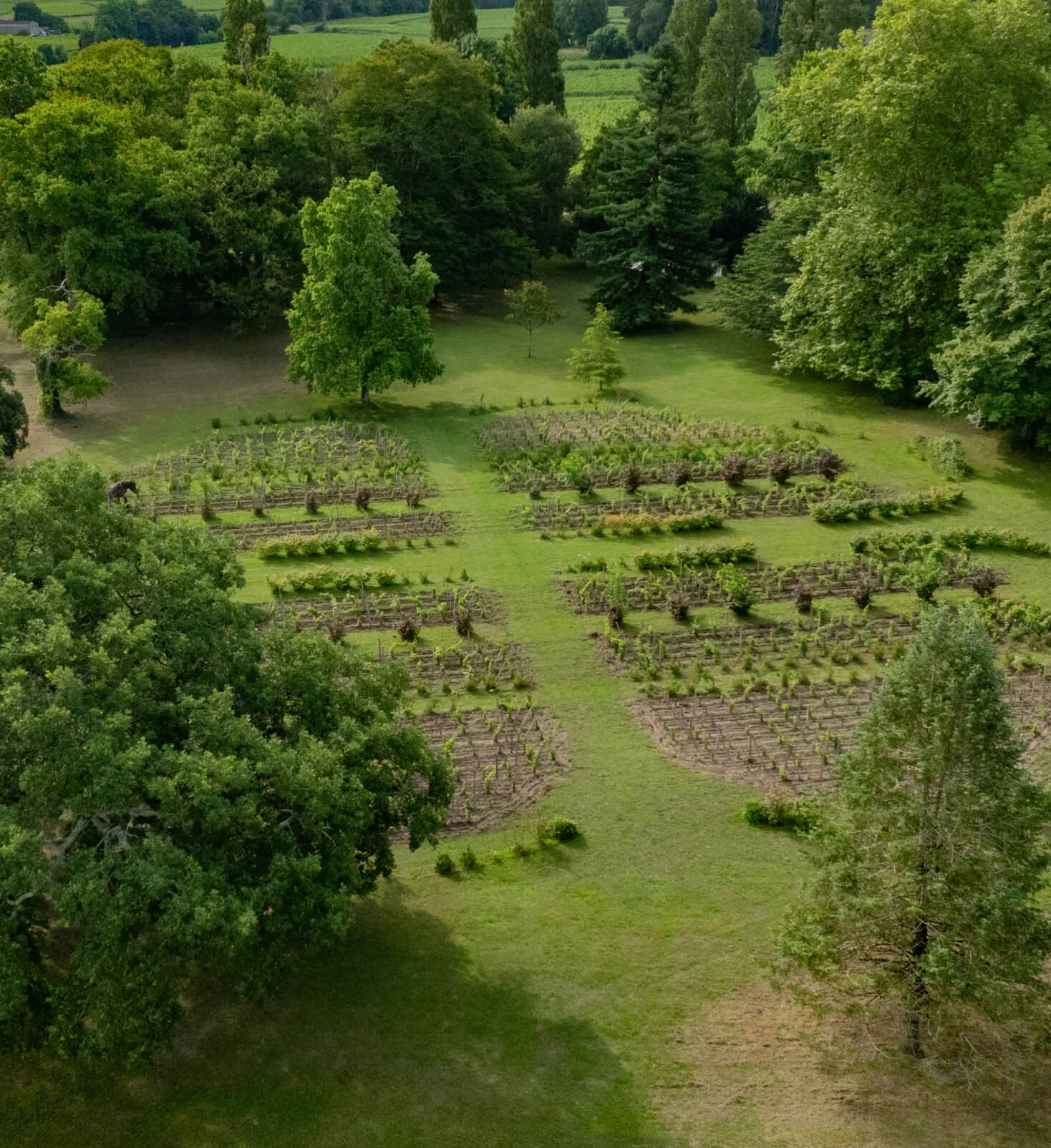
It was in this spirit that an on-site vine nursery was created within the grounds of Château Dassault, the aim of which has been to preserve the genetic heritage of the oldest and highest quality vines. Designed for viticultural research and development, this area enables the implementation of innovative vine-growing methods and the observation of vine plant behaviour; the ultimate aim being to adapt our viticulture to the specificities of the terroir as well as to the particular climatic developments in the region.
In keeping with the company’s longstanding pioneering approach, the estate’s new cellars provide a high-performing technical tool in the service of wine. Covering an area of 3,500 m² and built on three floors, new spaces offer optimal work conditions for ever-more cutting edge production methods. Additionally, an R&D area, which monitors the vine-growing trials carried out in the nursery, enables the team to anticipate the challenges presented by climate change, in particular, the recurrence of spells of heat and drought, which have repercussions on the ripening of the grapes.
